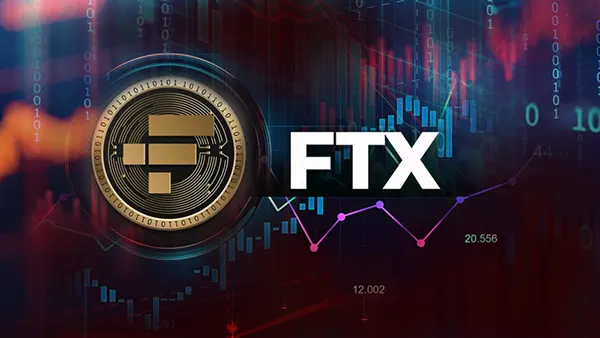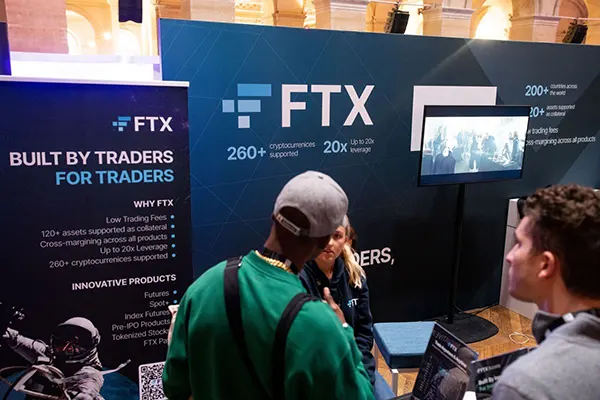
FTX 2.0 and FTX International — Can They Be Trusted After Restructuring?
FTX, once one of the largest cryptocurrency exchanges, collapsed in late 2022 due to fraud, poor risk management, and lack of transparency. In 2023 and 2024, the exchange underwent significant restructuring under new leadership, with discussions about launching FTX 2.0 and reviving the international branch. As of 2025, investors and traders are asking whether this renewed entity can be considered reliable. Below we analyse the restructuring process, regulatory landscape, and the trust factor for the future of FTX International.
The Restructuring of FTX
The bankruptcy proceedings of FTX were among the most complex in financial history, with billions of dollars in customer funds missing. The new management team focused on recovering assets, liquidating non-core investments, and compensating victims. By mid-2024, significant progress had been made, with several billions recovered and repayment schedules established.
Another crucial step was separating FTX’s international operations from the US arm. The aim was to build a clear distinction between entities subject to stricter regulations and those operating in more globalised jurisdictions. This approach allowed potential buyers and investors to evaluate the international exchange as a new venture rather than a continuation of old practices.
The proposal for FTX 2.0 focused on relaunching the trading infrastructure with a more transparent governance structure. Industry experts suggested that the exchange should operate under strong compliance frameworks, independent audits, and clear oversight mechanisms to regain credibility.
Challenges Facing FTX 2.0
Despite these efforts, FTX still faces an uphill battle. The cryptocurrency market has a long memory, and the collapse severely damaged investor confidence. Restoring reputation requires more than technical improvements — it demands cultural and ethical reforms at the organisational level.
Another challenge lies in attracting liquidity providers and institutional partners. Competitors such as Binance, Coinbase, and Kraken strengthened their positions during FTX’s absence, meaning the market is highly competitive. Without sufficient liquidity, any revived exchange could struggle to provide meaningful services.
Legal risks remain. Regulators in the US, Europe, and Asia are closely monitoring the situation. If FTX 2.0 fails to meet new global compliance standards, it risks facing restrictions or even prohibitions on operating in major markets.
Regulatory Oversight and Global Trust
In 2025, regulatory frameworks for cryptocurrency exchanges are far stricter than in the early years of FTX. Authorities now demand proof-of-reserves, real-time auditing, and stronger consumer protection measures. Any exchange seeking legitimacy must comply with these rules, and FTX 2.0 is no exception.
FTX International is reportedly exploring licensing in jurisdictions such as the European Union and Singapore, where regulatory requirements are clear and investor protections are prioritised. Achieving approval in these markets would significantly strengthen its credibility.
At the same time, regulators remain cautious. They view FTX with scepticism due to its past failures, and even with new leadership, trust is not easily regained. Independent oversight and transparent communication will be decisive for any future operations.
The Importance of Transparency
Transparency is the cornerstone of rebuilding trust. Unlike its predecessor, FTX 2.0 must regularly publish proof-of-reserves, details of governance structures, and independent audit reports. These measures reassure users that their funds are secure and not misused.
Moreover, public accountability is vital. Users and investors expect clear information about decision-making processes, potential conflicts of interest, and financial stability. Without these disclosures, scepticism will remain high.
Finally, building partnerships with reputable financial institutions could reinforce transparency. Collaborations with regulated custodians, payment processors, and banks would indicate a genuine commitment to operating within legal and ethical boundaries.

Future Prospects for FTX International
The prospects for FTX International depend on its ability to combine technological innovation with regulatory compliance. The exchange still has strong brand recognition, albeit tarnished, which could help in relaunching if paired with genuine reforms.
One positive sign is the interest of institutional investors in crypto infrastructure, provided it is reliable and transparent. If FTX 2.0 can meet these expectations, it may attract significant capital and trading volume once again.
However, trust cannot be restored overnight. Users must see consistent actions over time, including safe withdrawals, fair trading conditions, and proactive compliance with global standards. Only through long-term reliability can FTX International regain a place among top exchanges.
Final Considerations for Traders
For traders and investors considering FTX International in 2025, caution remains essential. Diversifying assets across multiple exchanges and using secure wallets is recommended to mitigate risks. The crypto market is still volatile, and reliance on a single operator is never advisable.
FTX 2.0 has potential if the new management follows through on promises of transparency, security, and compliance. However, past scandals serve as a reminder that due diligence is crucial before committing funds.
Ultimately, whether FTX International succeeds depends on consistent execution and the willingness of the crypto community to grant it a second chance. Until then, trust should be measured and built step by step.
